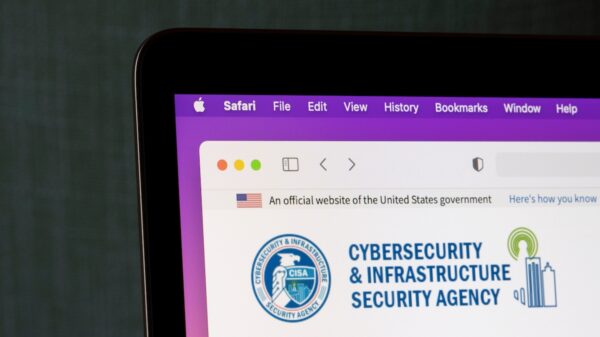The Known Exploited Vulnerabilities (KEV) Catalog maintained by the US cybersecurity agency CISA has led to significant improvements in federal agencies’ patching efforts, with more than 1,000 vulnerabilities now included in the list.
Launched in November 2021, the KEV Catalog lists flaws that CISA has proof are being exploited in malicious attacks, and is accompanied by the Binding Operational Directive (BOD) 22-01, which requires federal agencies to patch newly added bugs within a specified timeframe.
Since November 2021, CISA says, federal agencies have patched over 12 million instances of KEV entries, with 7 million of them being addressed in 2023 alone.
Overall, federal agencies have experienced a 72% decrease of KEVs exposed for 45 days or more, while local governments and critical infrastructure entities have seen a 31% decrease.
According to CISA, the KEV catalog has helped federal agencies and other enrolled entities significantly accelerate their patching efforts, with mean-time-to-remediate for KEVs being nine days faster compared to that of non-KEVs. For internet-facing issues in the catalog, the remediation was 36 days faster.
The purpose of the KEV Catalog, CISA underlines, is to help organizations prioritize vulnerability management, based on how a vulnerable product is being used and the impact exploitation could have.
“A KEV in an Internet-facing web server providing privileged access to customer accounts would, reasonably, be a much higher priority for mitigation than the exact same KEV in an internal system providing unprivileged access to the organization’s cafeteria menu,” CISA explains.
While the idea behind the KEV Catalog is to reduce cybersecurity risks, organizations should not rely solely on this list when implementing a vulnerability response plan.
CISA explains that new entries are added to the KEV Catalog only if there is irrefutable proof of in-the-wild exploitation, and if there are means to address it, such as a patch or mitigation information.
“Sometimes it’s impossible to find an official patch. In these instances, we coordinate alternative messaging to inform the public about the vulnerability with actions that should be taken so there’s something that can be done to prevent exploitation. In any event, we don’t add a vulnerability to the KEV unless there is an actionable patch or other suitable mitigation,” CISA notes.
The cybersecurity agency encourages organizations to consult decision models such as the Stakeholder Specific Vulnerability Categorization (SSVC) and prioritize vulnerability management based on them.
Moving forward, CISA is exploring the idea of adding more information on the exploitation of each vulnerability in the KEV Catalog, and to find ways to incorporate the KEV Catalog into existing tools that help organizations prioritize patching.
In time, CISA says, the addition of new entries to the catalog should become a rare occurrence, which can be achieved by implementing a secure-by-design approach that will reduce the prevalence of vulnerabilities.
“Consistent with the National Cybersecurity Strategy, we will continue to drive the ecosystem toward a future where nearly all KEVs are eliminated before a product is released to the market,” CISA notes.
Related: CISA Warns of Another Exploited Adobe ColdFusion Vulnerability
Related: CISA Tells US Agencies to Patch Exploited Roundcube, VMware Flaws
Related: CISA Instructs Federal Agencies to Secure Internet-Exposed Devices
